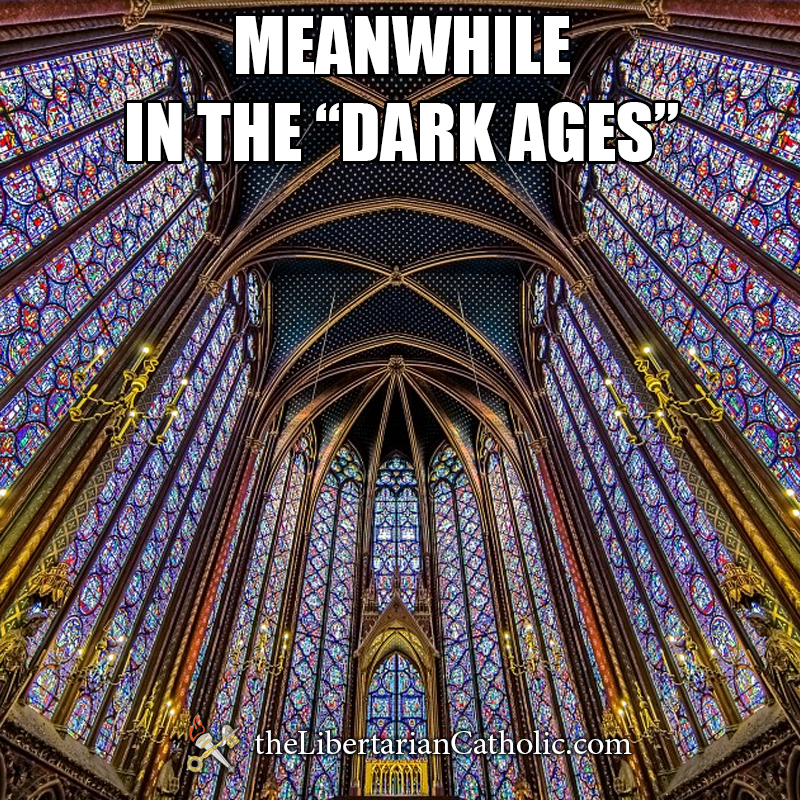The term “Dark Ages” often evokes a sense of stagnation and ignorance. However, this oversimplified perception does not accurately reflect the rich tapestry of advancements that occurred during this period. The so-called Dark Ages, roughly spanning from the fall of the Western Roman Empire in the 5th century to the Renaissance in the 14th century, witnessed significant progress in various fields. This article aims to shed light on the advances made in science, education, civil rights, and economics during this often-misunderstood epoch.
Advances in Science
Contrary to popular belief, scientific and technological knowledge continued to grow and evolve during the Medieval period. Influenced by the works of ancient scholars, particularly those of Aristotle and the translations of Islamic scholars, European thinkers began to embrace empirical observation and logical reasoning. Monastic and cathedral schools served as centers of learning, where monks and scholars pursued scientific inquiry alongside theological studies. As historian Samuel Lilley wrote, “the technological changes of the Middle Ages were far greater in scope and impact, and far more radical in nature, than at any previous point in human history since the dawn of civilization.”
The establishment of universities in the 12th and 13th centuries further fueled scientific progress, as scholars engaged in the study of subjects like astronomy, medicine, alchemy, and natural philosophy. These developments laid the foundation for later scientific revolutions and contributed to the gradual development of the scientific method by Franciscan Friar Roger Bacon as a systematic approach to understanding the natural world.
The Emergence of Universities
The Medieval period witnessed the birth of universities, institutions that fostered intellectual pursuits and advanced knowledge across various disciplines. These centers of learning, such as the University of Bologna in Italy and the University of Paris in France, provided platforms for scholarly exchange and the dissemination of knowledge. Universities played a pivotal role in reviving interest in classical scholarship, nurturing critical thinking, and laying the foundation for the intellectual and cultural advancements of later centuries.
As historian Thomas Woods wrote in How the Catholic Church Built Western Civilization, “Historians have marveled at the extent to which intellectual debate in those universities was free and unfettered. The exaltation of human reason and its capabilities, a commitment to rigorous and rational debate, a promotion of intellectual inquiry and scholarly exchange—all sponsored by the Church—provided the framework for the Scientific Revolution.”
Advancements in Civil Rights
While the concept of civil rights as we understand it today may not have existed in the same form during the “Dark Ages”, significant strides were made in advancing individual liberties and legal protections. The establishment of feudal systems led to the emergence of legal codes, such as the Magna Carta in 1215, which granted certain rights and limited the arbitrary exercise of power. Scholastics like St. Thomas Aquinas and the School of Salamanca made great strides in the recognition of individual rights, including property rights and the rights of the accused, marked an important development in the evolution of civil rights.
Flourishing of Arts
The advancement of arts in medieval Europe was a vibrant and transformative process that showcased immense creativity and innovation. While the period is often associated with religious art, such as the stunning Gothic cathedrals and illuminated manuscripts, a wide range of artistic expressions flourished. Skilled artisans, sculptors, painters, and craftsmen created intricate works of art in various mediums, including stone, wood, metal, and textiles. Medieval Europe saw the emergence of new artistic techniques, such as perspective in paintings and the use of stained glass in architectural design, which pushed the boundaries of artistic expression. The patronage of wealthy individuals and the Church played a crucial role in fostering artistic growth, providing resources and support for artists to develop their skills. These artistic advancements not only reflected the religious and social values of the time but also laid the foundation for the artistic renaissance that would follow in later centuries.
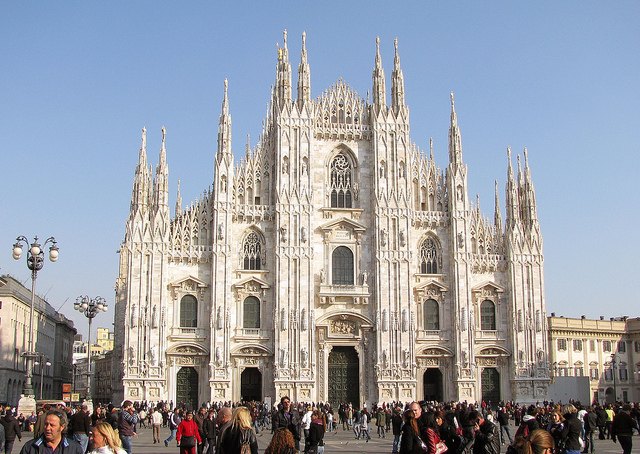
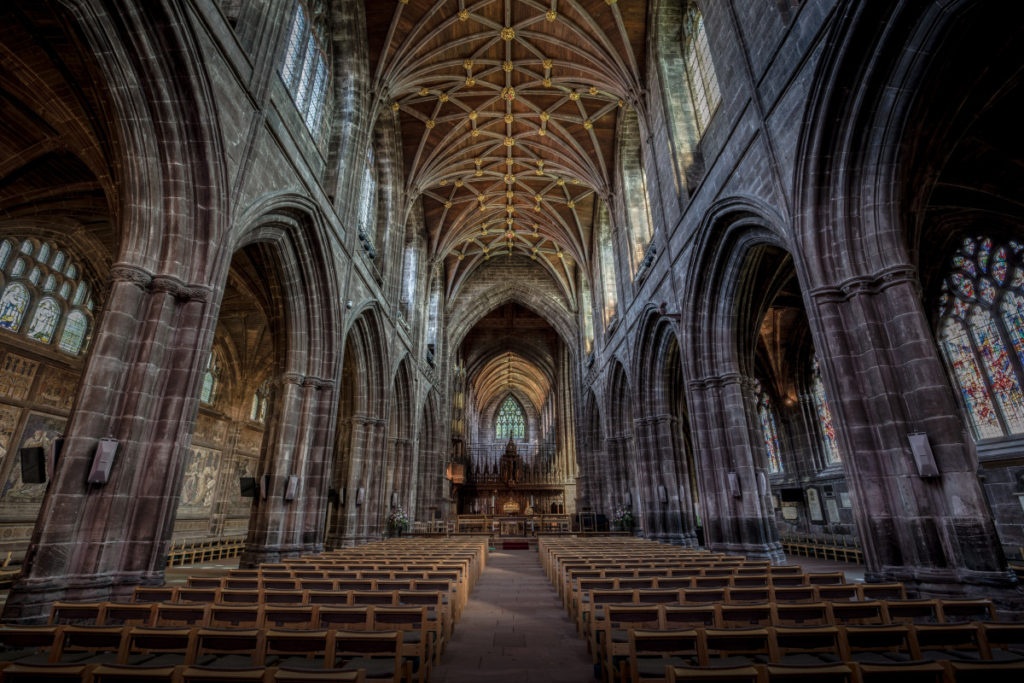
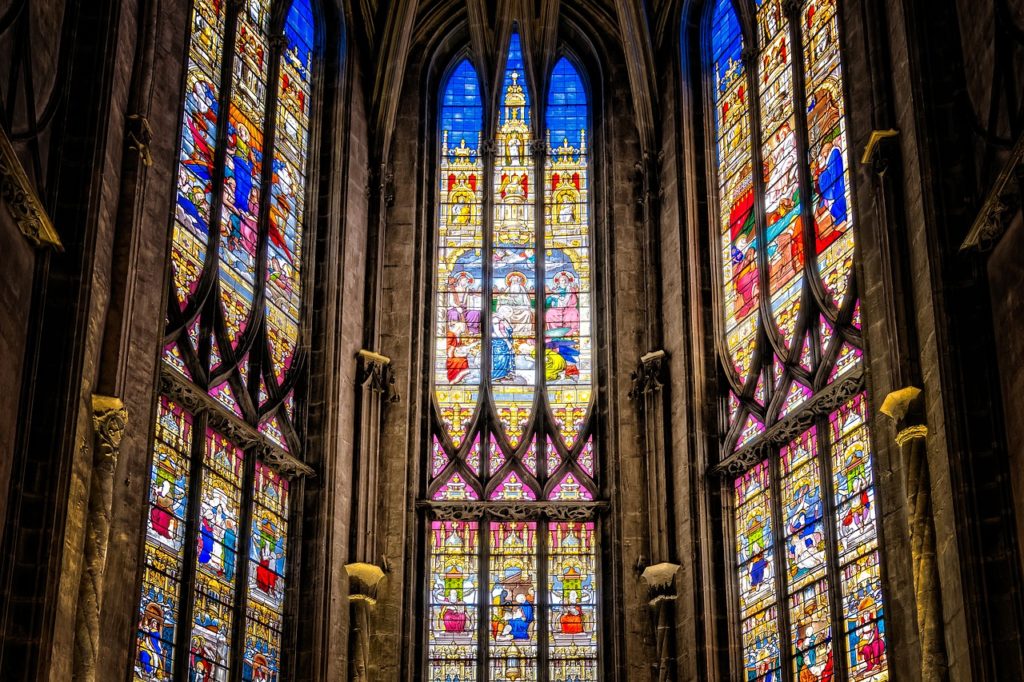
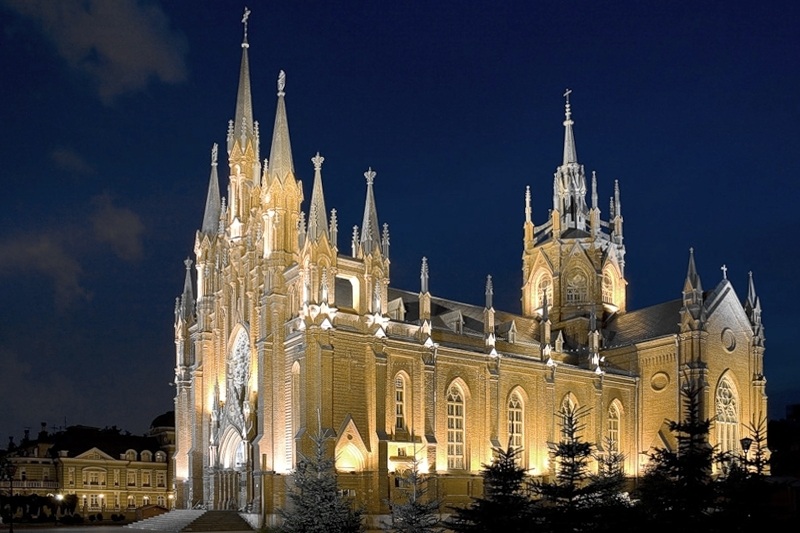
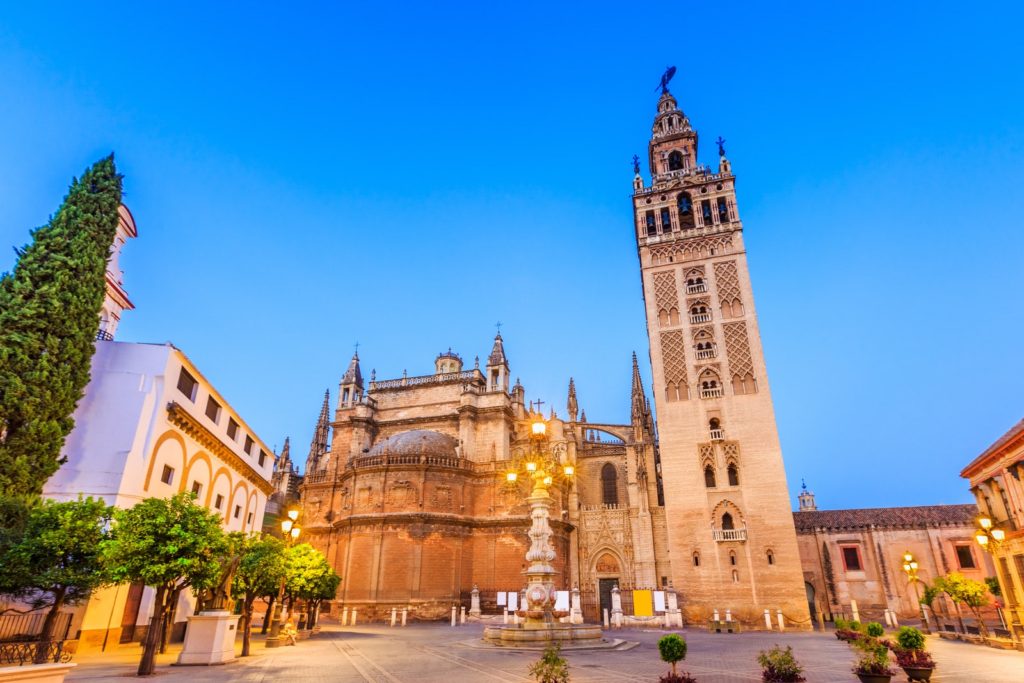
Economic Progress
The Medieval period witnessed significant economic advancements, particularly in the realm of trade and commerce. The decline of large-scale central authority led to the rise of localized economies and the growth of towns and cities. This shift brought about a resurgence of trade networks, as merchants exchanged goods and ideas across regions. New economic systems, including guilds and the development of banking practices, fostered economic stability and laid the groundwork for the expansion of trade and prosperity in later centuries.
Conclusion
Contrary to popular misconceptions, the Dark Ages were far from a period of intellectual stagnation and regression. Advances in science, the establishment of universities, progress in civil rights, and economic growth contributed to the gradual transformation of European society. It is important to recognize and appreciate the achievements of this era, which provided the building blocks for the cultural, intellectual, and economic transformations that followed. By shedding light on the advances made during the Dark Ages, we gain a more nuanced understanding of this significant period in human history and appreciate the interconnectedness of knowledge, progress, and the resilience of the human spirit.
 The Libertarian Catholic
The Libertarian Catholic